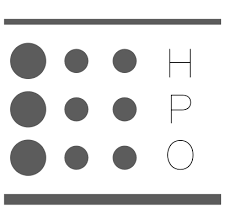- About
- MSeqDR-LSDB
- Tools
- Quick-Mitome for WES
- Quick-Mitome
- Quick-Mitome Report
- mtDNA Tool:
- mvTool
- Phy-Mer
- MToolBox
- mvTool for Haplogroup
- mvTool with HmtDB
- MitoMaster
- MitoTIP tRNA Scoring
- MSeq-OpenCGA
- Variant Tool:
- VariantOneStop
- HBCR Exome (Retired)
- POLG Patho. Server
- Data - Awsomics GeEx
- Expert Panel
- Panel Tool:
- Gene Panel Examiner
- Transgenomic_NuclearMitome
- Pedigree Maker
- json2table
- Phenome-Disease
- Collaboration
- Submission
Hello! Guest! Please Login or Register! Clinician Mode
Examples Gene: MT-ND1, POLG,
Region: M:1-1000
Variant: m.8993T>G, 1:g.10042757T>C
rs3888511 MSCV_0000006,
ClinVar: RCV000000015,
Disease: Leigh syndrome,
Phenotype: Retinopathy
MSeqDR Mitochondrial Disease Portal
|
|
| ||||||||||||||||||||||||
MSeqDR is developed by MSeqDR Consortium and hosted by the CHLA
Copyright 2013-2024 The MSeqDR Consortium
All rights reserved
Feedback about the webpages , or email to MSeqDR webmaster: Lishuang Shen




 nephrocalcinosis
nephrocalcinosis 

















